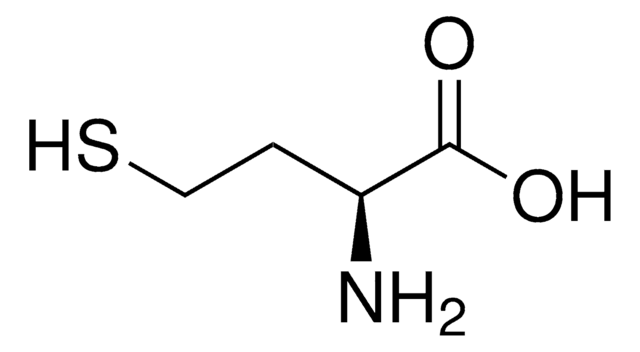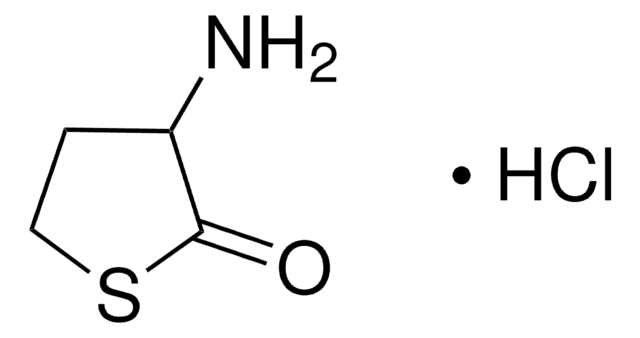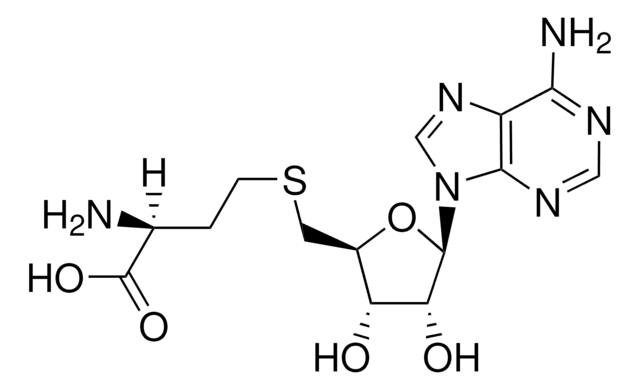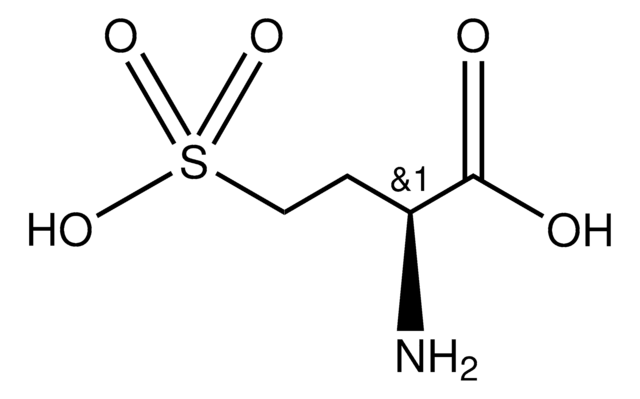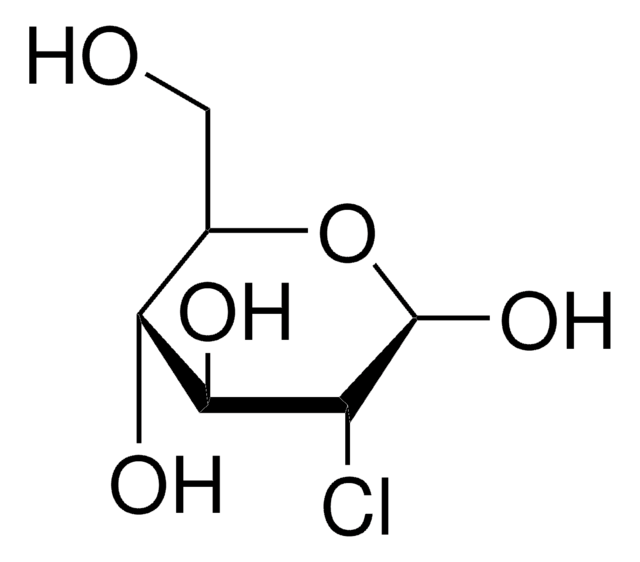Key Documents
H6503
L-Homocysteine thiolactone hydrochloride
≥98% (TLC)
Synonim(y):
L-2-Amino-4-mercaptobutyric acid 1,4-thiolactone hydrochloride
About This Item
Polecane produkty
product name
L-Homocysteine thiolactone hydrochloride, ≥98% (TLC)
Poziom jakości
Próba
≥98% (TLC)
Postać
powder
kolor
white
mp
185 °C
Zastosowanie
detection
peptide synthesis
ciąg SMILES
Cl[H].N[C@H]1CCSC1=O
InChI
1S/C4H7NOS.ClH/c5-3-1-2-7-4(3)6;/h3H,1-2,5H2;1H/t3-;/m0./s1
Klucz InChI
ZSEGSUBKDDEALH-DFWYDOINSA-N
Szukasz podobnych produktów? Odwiedź Przewodnik dotyczący porównywania produktów
Zastosowanie
- Effects of DL-homocysteine thiolactone on cardiac contractility, coronary flow, and oxidative stress markers in the isolated rat heart: This investigation demonstrates the effects of DL-homocysteine thiolactone on heart function, offering insights into its use in cardiovascular research and potential therapeutic applications (Zivkovic et al., 2013).
- Homocysteine is a novel risk factor for suboptimal response of blood platelets to acetylsalicylic acid in coronary artery disease: The study explores how L-homocysteine thiolactone could affect platelet responses in therapy for coronary artery diseases, pointing to its importance in cardiovascular therapeutics (Karolczak et al., 2013).
Działania biochem./fizjol.
Kod klasy składowania
11 - Combustible Solids
Klasa zagrożenia wodnego (WGK)
WGK 3
Temperatura zapłonu (°F)
Not applicable
Temperatura zapłonu (°C)
Not applicable
Środki ochrony indywidualnej
Eyeshields, Gloves, type N95 (US)
Certyfikaty analizy (CoA)
Poszukaj Certyfikaty analizy (CoA), wpisując numer partii/serii produktów. Numery serii i partii można znaleźć na etykiecie produktu po słowach „seria” lub „partia”.
Masz już ten produkt?
Dokumenty związane z niedawno zakupionymi produktami zostały zamieszczone w Bibliotece dokumentów.
Klienci oglądali również te produkty
Nasz zespół naukowców ma doświadczenie we wszystkich obszarach badań, w tym w naukach przyrodniczych, materiałoznawstwie, syntezie chemicznej, chromatografii, analityce i wielu innych dziedzinach.
Skontaktuj się z zespołem ds. pomocy technicznej